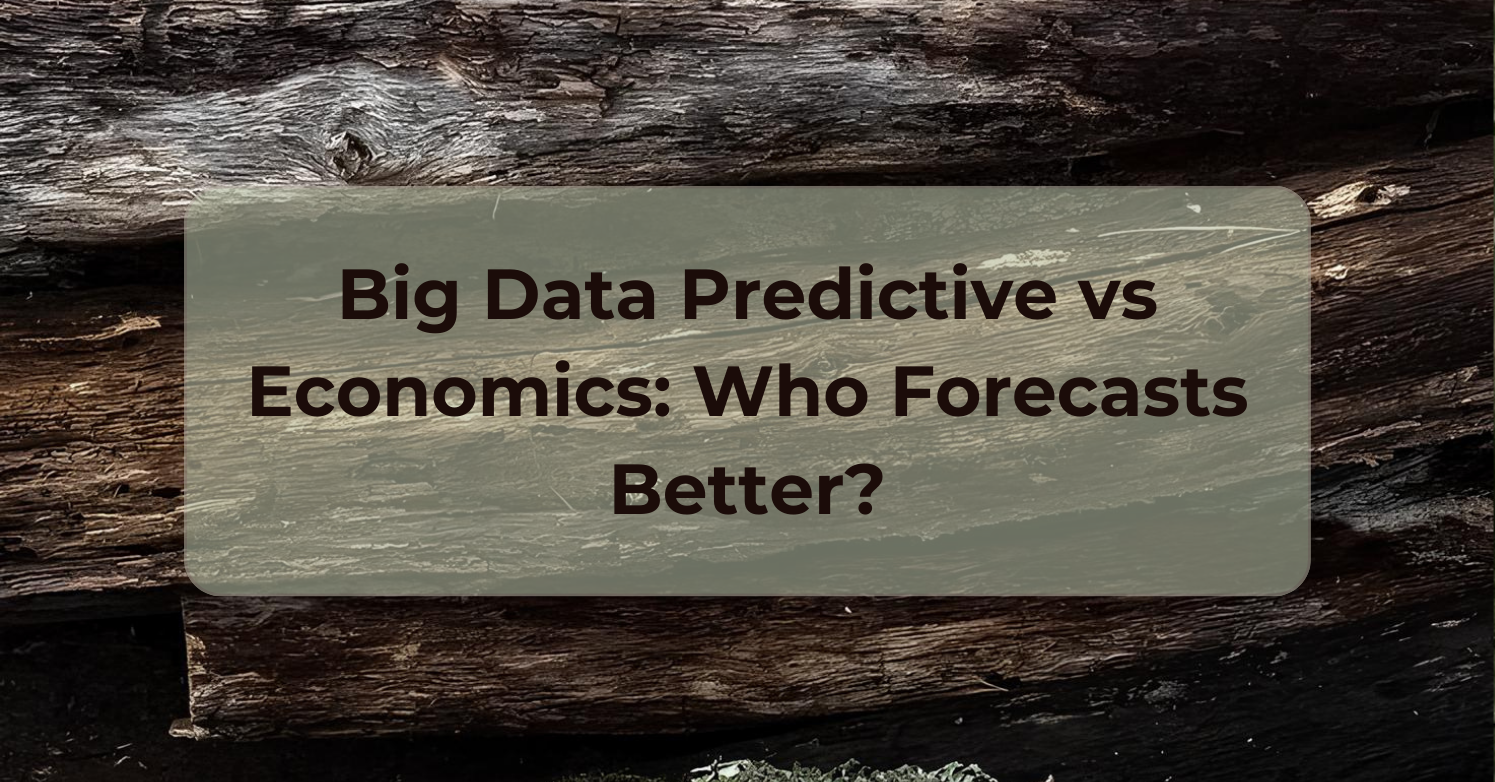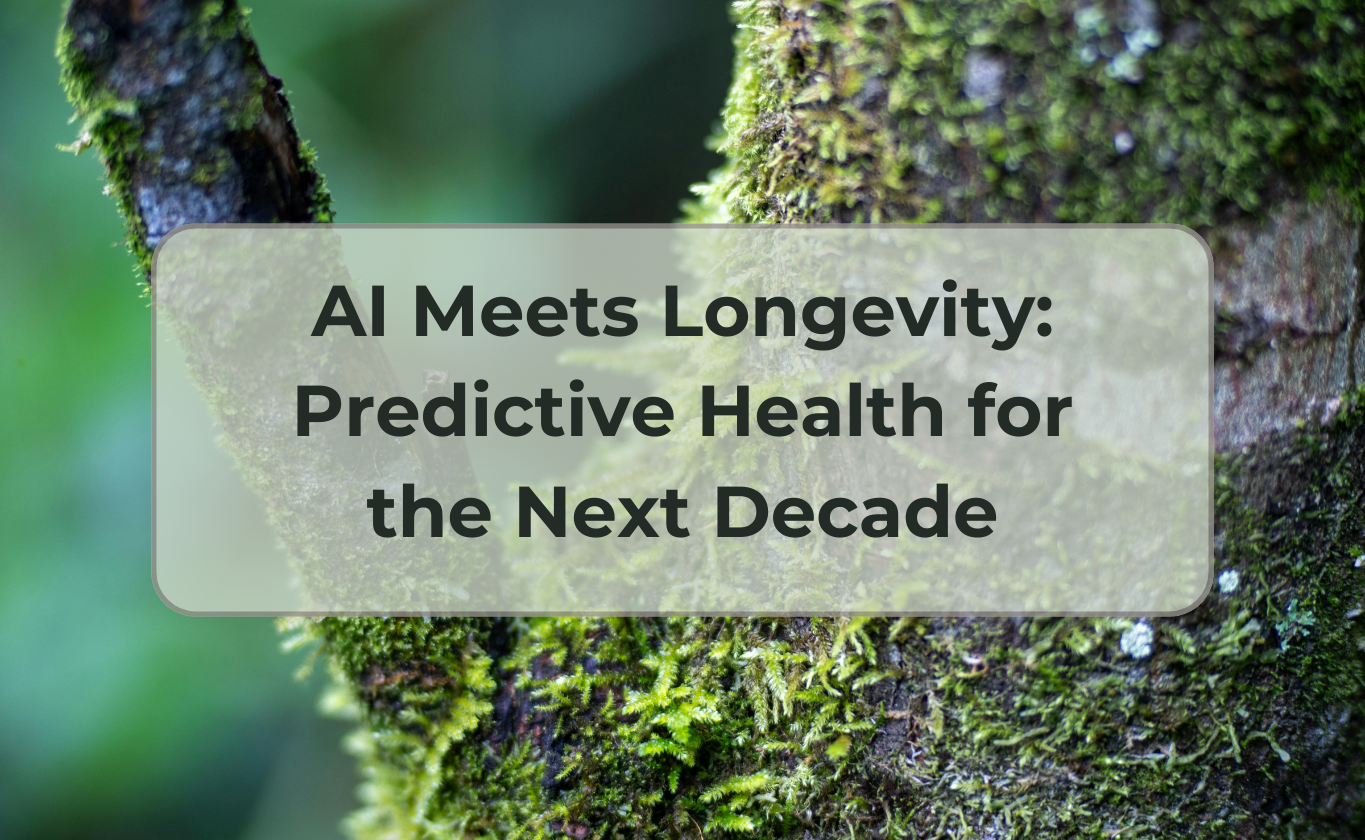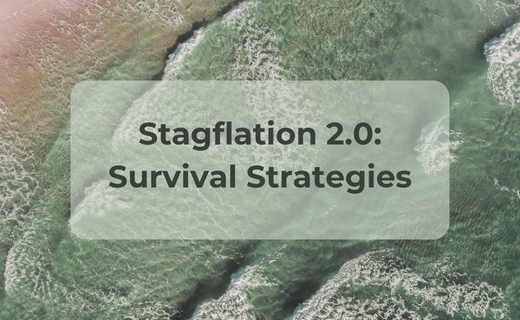1. Introduction: Forecasting in the Modern World
In today’s data-driven world, forecasting plays a vital role. Businesses strive to anticipate consumer demand. Governments prepare for economic fluctuations and public sentiment. Individuals try to foresee job market trends, currency shifts, or property values. Accurate predictions influence decisions in investment, budgeting, lending, and even political strategy.
For example, according to McKinsey & Company (2023), companies that use big data predictive analytics achieve 5–10% higher profitability compared to those that do not. This shows the growing influence of data in shaping outcomes.
Traditionally, forecasting has been grounded in economic models such as econometrics, macroeconomic analysis, and expert judgment. These methods rely on historical data and fixed theoretical assumptions. They have provided structure and reliability for decades.
However, the digital revolution has changed the game. The rapid expansion of available data — from search queries to satellite imagery — has given rise to big data predictive tools. These systems offer real-time insights and adaptive modelling capabilities.
This shift leads to a key question: who forecasts better — classical economists or predictive systems powered by big data? More importantly, should we see this as a rivalry or a synergy that transforms how forecasting is done?
2. Classical Economic Forecasting: Methods and Limitations
Traditional economic forecasting relies on three core approaches: econometrics, macroeconomic models, and expert judgment.
Econometric models use statistical methods to analyse time series and regression dependencies. ARIMA and GARCH models, for instance, are used to forecast inflation, GDP, and stock indices. However, their precision is limited by linear assumptions and stationarity prerequisites. They are also vulnerable to “black swan” events — unpredictable occurrences that disrupt historical trends (Taleb, 2007).
Macroeconomic models such as DSGE (Dynamic Stochastic General Equilibrium) simulate the behaviour of economic agents based on theoretical equations. These models guide monetary and fiscal policy but often oversimplify reality and require extensive calibration.
Expert assessments by analysts, banks, and international organisations (IMF, World Bank) incorporate qualitative insights that are difficult to formalise. Their strength lies in contextual interpretation, yet they suffer from subjectivity and delayed response.
Advantages:
- Theoretical rigour and interpretability
- Scenario simulation capabilities
- Institutional credibility
Limitations:
- Restricted data scope
- Inability to address micro-level trends
- Time lags in data updates
3. Big Data Predictive Potential: Real-Time Insight at Scale
Big data refers to datasets characterised by volume, velocity, variety, veracity, and value. Unlike traditional data, big data arrives in real-time from diverse sources. Consequently, it requires advanced analytics for practical interpretation.
Big Data Sources for Predictive Forecasting
- Search queries (Google Trends): useful for forecasting flu outbreaks (Ginsberg et al., Nature, 2009) or shopping trends
- Social media: reveals public sentiment and political leanings (Liu et al., 2020)
- Transactional data: tracks consumer behaviour online and offline
- Geospatial and IoT data: provides insights into mobility, pollution, and activity
- Satellite imagery enables monitoring of agricultural yield and construction progress (World Bank, 2021)
Analytical Techniques in Big Data Predictive Systems
- Machine Learning: builds predictive models without explicit programming (Kelleher et al., 2020)
- Deep Learning: uses neural networks to detect complex patterns
- Natural Language Processing (NLP): analyses textual data from news, posts, and comments
Benefits of Big Data Predictive Systems
- Real-time analytics
- Scalability and granularity
- Adaptive models that evolve with data
In the EU, the adoption of big data predictive technologies is steadily increasing. According to Eurostat (2023), 16% of businesses with over 10 employees reported using big data in 2023, up from 10% in 2020. This trend reflects growing reliance on data-driven forecasting tools.
Challenges and Limitations
- Interpretation issues: correlation does not imply causation
- Ethical concerns: privacy and data consent
- Complexity of models: Many AI systems function as “black boxes”
- Infrastructure and talent requirements
However, despite increasing demand, Europe faces a shortage of qualified professionals. It is estimated that by 2025, up to 756,000 data-related positions may remain unfilled, potentially slowing down the widespread implementation of big data predictive analytics. This gap offers a temporary advantage for traditional economic methods that rely less on specialised infrastructure.
Meanwhile, the big data and analytics market in Europe is projected to reach $66.6 billion by 2027, growing at a CAGR of 13.8% (2022–2027), underscoring investor confidence in its predictive capabilities.
4. Practical Applications of Big Data Predictive Analytics
- Financial Sector: JPMorgan applies AI for credit risk evaluation and fraud detection. Goldman Sachs leverages news feeds and Twitter data for market forecasting.
- Retail: Walmart analyses real-time transactions for inventory management. Amazon uses predictive analytics for dynamic pricing.
- Public Sector: Governments during COVID-19 utilised mobility data (Apple, Google) to monitor quarantine adherence.
- Industry: General Electric employs IoT and big data predictive tools for equipment maintenance and failure prevention.
- Marketing: Netflix and Spotify personalise content using algorithms, enhancing user retention.
Furthermore, Eurostat (2023) reports that 8% of EU companies used AI, and among those, 42% applied it primarily for big data predictive analysis. This highlights the central role of AI in forecasting within modern businesses.
5. From Competition to Collaboration: Integrating Economics and Big Data Predictive Tools
The prevailing trend is integration, not opposition. Big data predictive analytics and classical economics solve different problems and are best used together.
Hybrid models combine the interpretability of econometrics with the precision of machine learning. For example, economic theory can guide variable selection, while AI enhances prediction accuracy (Varian, 2014).
Integration Examples
- Incorporating Google Trends as leading indicators in DSGE models
- Merging transactional data with regression models to nowcast inflation (OECD, 2022)
Explainable AI (XAI) is growing in importance in interpreting the outputs of complex models, which are essential for policy formulation.
Expert insight remains crucial: economists and analysts frame hypotheses, assess risks, and determine which models are worth deploying.
The Future of Predictive Forecasting:
- Real-time predictions based on streaming data
- Personalised forecasts for consumers and businesses
- Economic digital twins for scenario simulations
Decision-making is also shifting toward a more data-driven approach. This evolution reflects a broader trend in which analytics increasingly influence business strategy and policy decisions. According to Gartner and Forrester, companies adopting data-driven strategies outperform those relying on intuition. This shift further underscores the growing value of big data predictive insights over traditional, experience-based forecasts.
Our expert guidance in business forecasting will help you mitigate threats and transform external challenges into strategic opportunities. [Contact Us]
6. Conclusion: Who Forecasts Better?
The contest between big data predictive analytics and classical economics is not necessarily about choosing a winner. Instead, it highlights the complementary nature of two distinct approaches, each offering unique strengths and weaknesses.
Big Data Predictive Strengths:
- High-frequency, large-scale data
- Discovery of hidden patterns
- Real-time adaptation to market shifts
Economic Theory Strengths:
- Grounded in causality and theoretical principles
- Capable of macro-level analysis
- Valuable for policy and institutional forecasting
Therefore, the most promising path is synergy. By combining both perspectives, economic frameworks can enhance the contextual accuracy of big data predictive systems. At the same time, AI and machine learning extend the range and responsiveness of financial models. Consequently, this hybrid approach enables both explanation and precision.
As a result of ongoing technological advancement, forecasting will increasingly move towards real-time simulation and personalisation. In this emerging landscape, those who can integrate classical economic reasoning with big data predictive capabilities will hold a decisive advantage.





